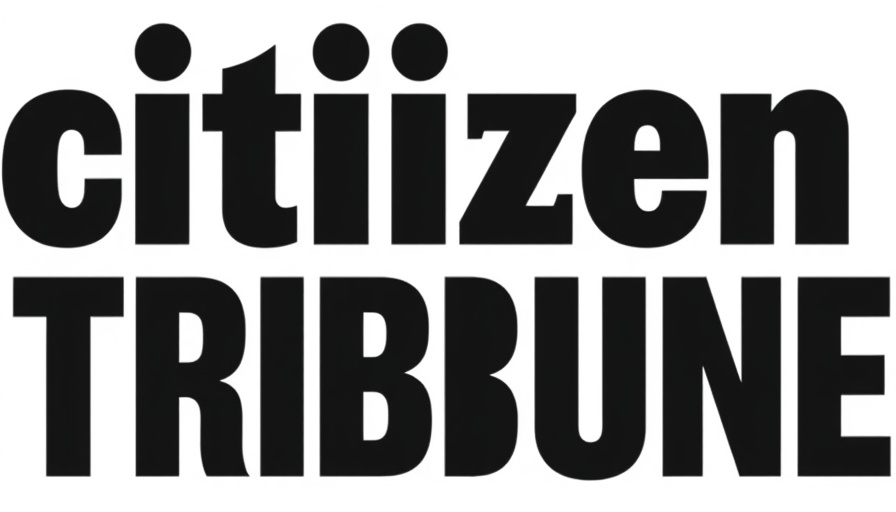
Connecting Communities Through Arbor Education
The Morristown Tree Board, a dedicated entity established in 1991 through city ordinance, is on a mission to elevate public knowledge on tree care. Their seasonal pruning class is a vital initiative aimed at educating homeowners, property managers, and landscaping professionals about the proper techniques and benefits of pruning. This event not only fosters environmental stewardship but also enhances community engagement, bringing together a diverse group of individuals united by a common interest in maintaining and preserving urban trees.
Why Pruning Matters: Benefits for Trees and Property
Pruning isn't just about aesthetics; it plays a crucial role in ensuring the health and longevity of trees, especially those that have matured over the years. By removing dead or diseased branches, pruning improves air circulation and light penetration, promoting healthier growth. For homeowners and property managers, this translates to safer landscapes and potentially more valuable properties. Understanding when and how to prune is pivotal, and that's where the Tree Board’s public class proves invaluable.
Arbor Education: A Step Towards Sustainability
As communities face increasing challenges, including adapting to climate change, the Morristown Tree Board’s efforts exemplify a proactive approach to sustainability. The board promotes practices that ensure urban forests thrive by maintaining a recommended tree list and providing residents with the knowledge needed to care for their green spaces. This initiative contributes to the city’s ecological health while fostering a sense of pride and responsibility among citizens.
Tips for Effective Pruning from Local Experts
To maximize the benefits of tree pruning, consider these expert-recommended tips:
- Timing is Key: The best time to prune most trees is during the late winter or early spring before new growth begins.
- Use the Right Equipment: Always ensure your pruning tools are sharp and sterilized to prevent disease spread.
- Learn Pruning Techniques: Techniques like crown thinning, crown raising, and deadwooding can be beneficial depending on the tree species.
By attending the pruning class, participants can gain hands-on experience and learn more about the specific needs of trees in their area, leading to well-maintained landscapes.
Join the Movement: Enhance Your Property Today
The Morristown Tree Board's commitment to education is a pivotal step in nurturing vibrant communities. For those interested in maintaining their property or ensuring their newly landscaped areas flourish, this class is a fantastic opportunity. Don’t miss out on learning vital skills that can lead to healthier trees and enhanced property values.
For any tree care worries or lawn maintenance needs, call the local pros in lawn care & all-season maintenance now! Contact Everett Lucas at 231-450-3414 for expert advice and service.
 Add Row
Add Row 
 Add
Add 


Write A Comment